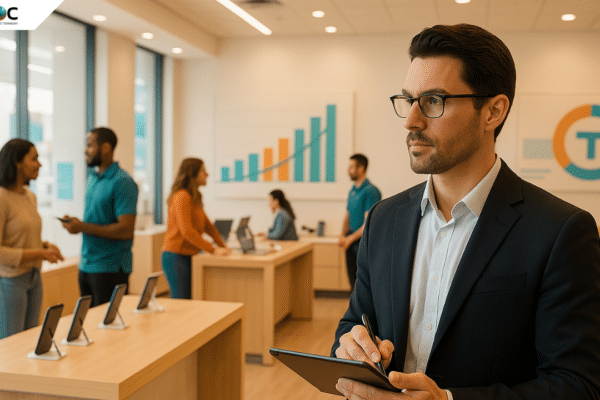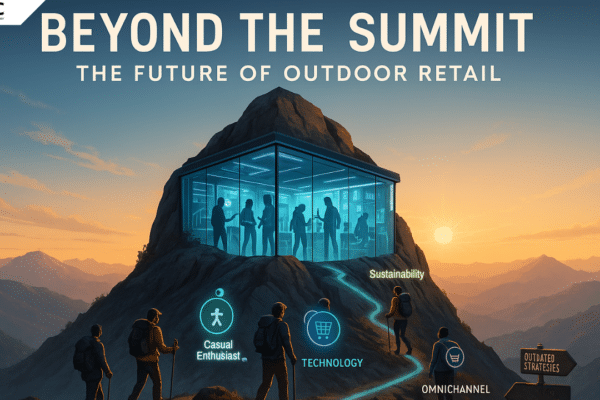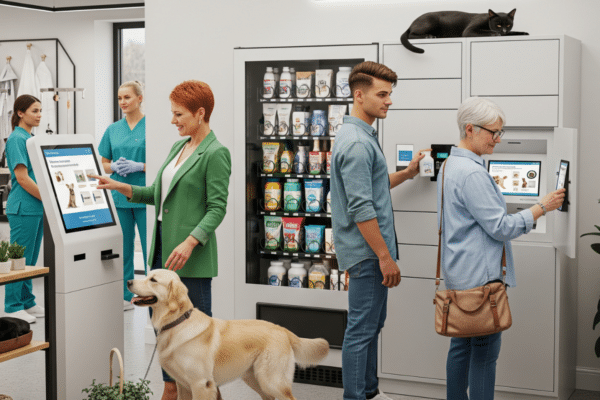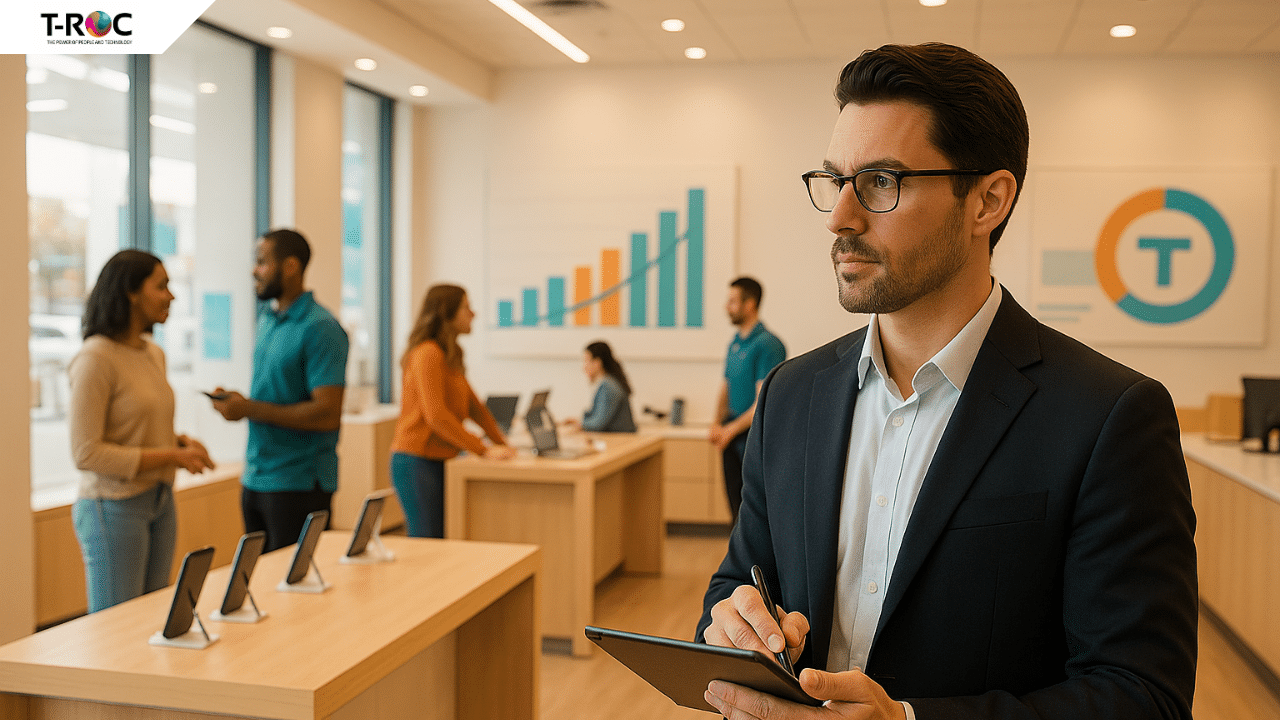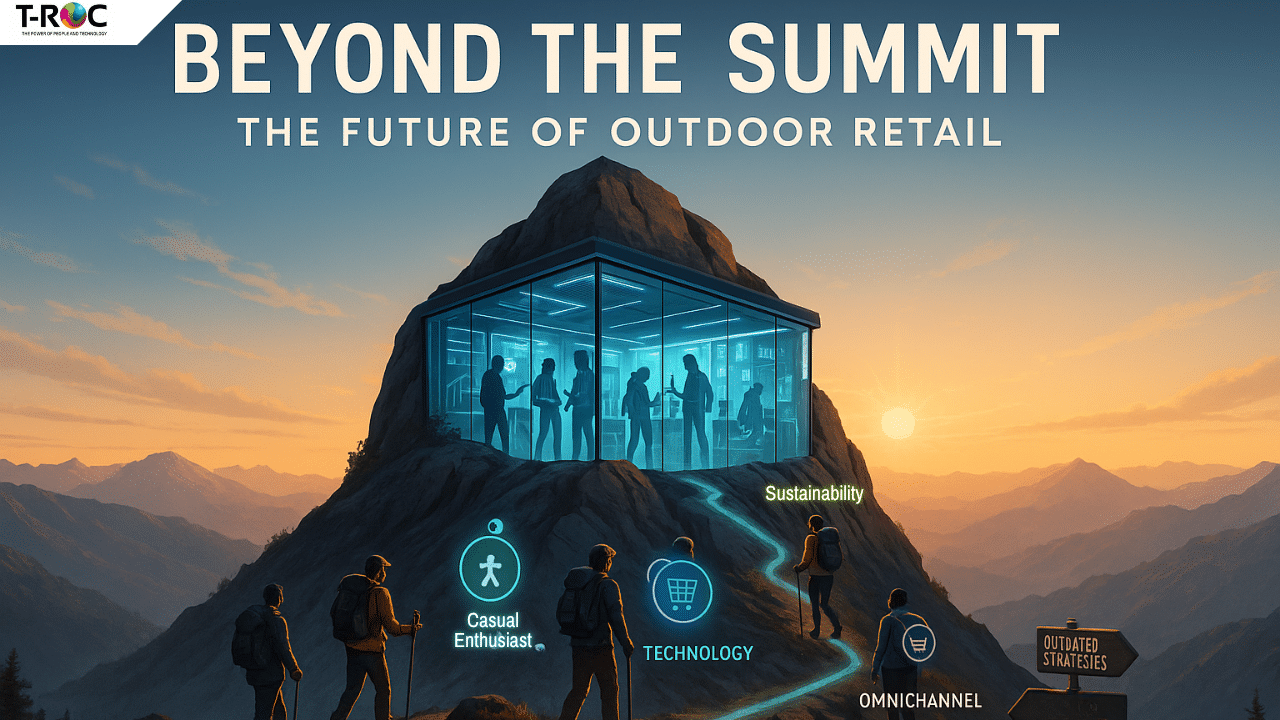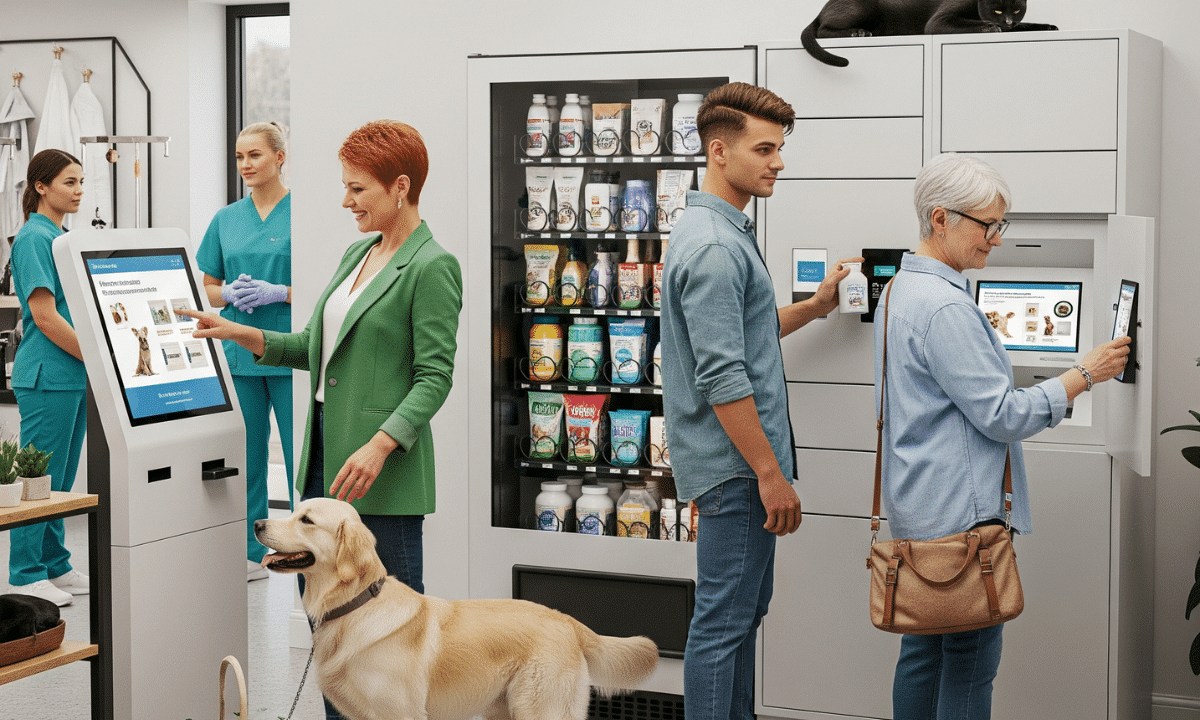
How Omnichannel and Hybrid Retail Models are Changing the Game in Retailing
In the era of convenience, technology is revolutionizing how we shop and how retail businesses interact with customers. From AI-powered personalization to virtual reality, more and more retailers are looking for ways to break through the noise and stand out from the competition. One area that has seen immense growth in recent years is omnichannel and hybrid models. These models offer a range of advantages to both shoppers and retailers alike, allowing businesses to capitalize on the benefits of digital technologies while maintaining a personalized, human touch in their approach to customer service. In this blog, we’ll explore some of the key benefits that come with incorporating an omnichannel or hybrid model into a retail business strategy.
#1 Creating a Unified Shopping Experience
One of the primary advantages of an omnichannel approach to retailing is that it enables businesses to create a unified shopping experience. By leveraging both digital technologies and traditional channels, retailers can offer customers a seamless shopping journey across both online and offline platforms. This improved customer experience not only increases customer loyalty but also helps to drive sales. With an integrated approach, shoppers can easily locate items, view product information, purchase items, and track their orders with ease.
#2 The End-to-End Benefits of Omnichannel Retailing
In addition to creating a unified shopping experience, omnichannel retailing offers a range of end-to-end benefits for businesses. For one thing, retailers can use their data collection capabilities to gain deeper insights into customer preferences and behaviors to tailor their offerings accordingly. Furthermore, omnichannel strategies enable retailers to better manage inventory levels and reduce costs associated with warehousing and other overhead expenses. Finally, by leveraging digital technologies such as contactless payments and mobile applications for loyalty programs, retailers can improve their efficiency while delivering enhanced convenience for shoppers.
#3 Hybrid Retail Models
Another key trend in modern-day retailing is the emergence of hybrid retail models, which combine elements from both physical brick-and-mortar stores and online stores into one unified platform. This allows businesses to leverage the strengths of both on-demand services as well as personalized in-person experiences while still maintaining the convenience of digital commerce solutions. Hybrid models also provide opportunities for multi-channel marketing campaigns and thoughtful cross-promotion strategies that can drive customer engagement and increase brand awareness.
#4 Harnessing Data & Technology for Smarter Insights
Finally, data analytics are helping business owners make smarter decisions when it comes to modern-day retail practices. By deploying advanced analytics tools such as predictive analytics or machine learning algorithms, owners can gain valuable insights into customer behavior that can help them optimize their operations and make informed decisions about pricing or stocking up inventory. In addition, AI chatbots are becoming increasingly popular among retailers as they allow them to offer more efficient customer service solutions to better engage customers at every stage of the buying process.
One similarly great solution is called VIBA that we utilize here at T-ROC. Welcome to the future of customer engagement: VIBA – the first omnichannel sales and service solution that eliminates every barrier between you and your customers. VIBA enables customers to connect with a Live Agent or a lifelike Virtual Ambassador no matter where they are. With live video chat, virtual reality (VR), and augmented reality (AR) technologies, customers can shop their way, anytime and anywhere.
VIBA is perfect for customers who want the personal touch when deciding on a purchase. Live Video Chats provide immediate access to an expert in your brand and products, and agents can pull up product demos, videos, specs, pricing, features, warranty details, and more to help inform the customer’s decision. Customers can even bring in friends and family for their opinions on the purchase.
As we move forward into 2023 and beyond, it’s clear that omnichannel and hybrid models will continue to shape the future of retailing. By leveraging these models in combination with data analytics tools such as predictive analytics or AI chatbots, businesses are sure to have the upper hand when it comes time for them to compete in this ever-changing landscape. With smarter insights into customer preferences and more efficient operational processes at their disposal, companies will be able to create superior shopping experiences that keep customers coming back again –and again–for years to come!

